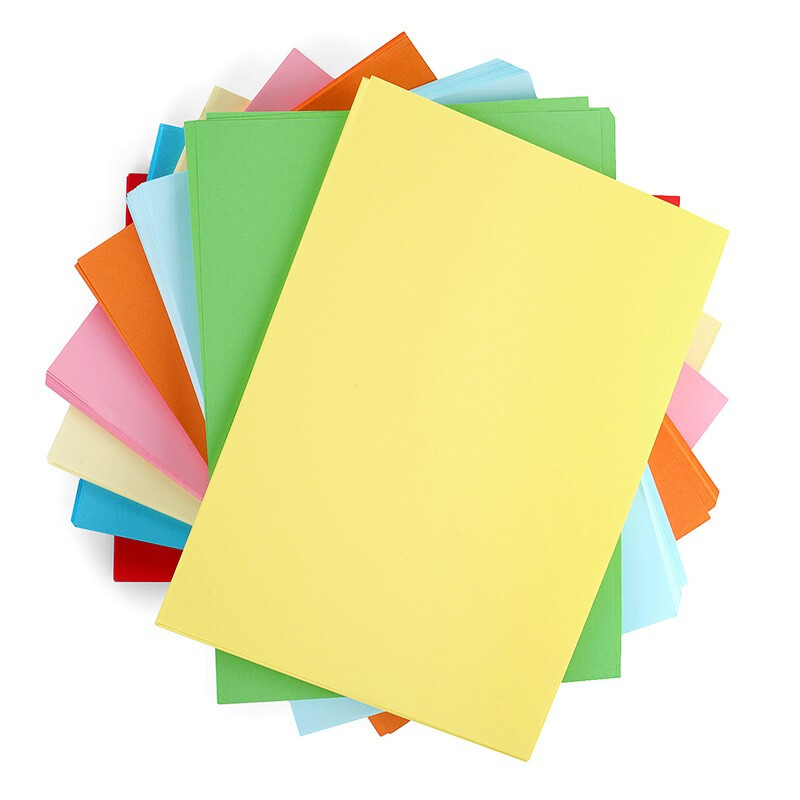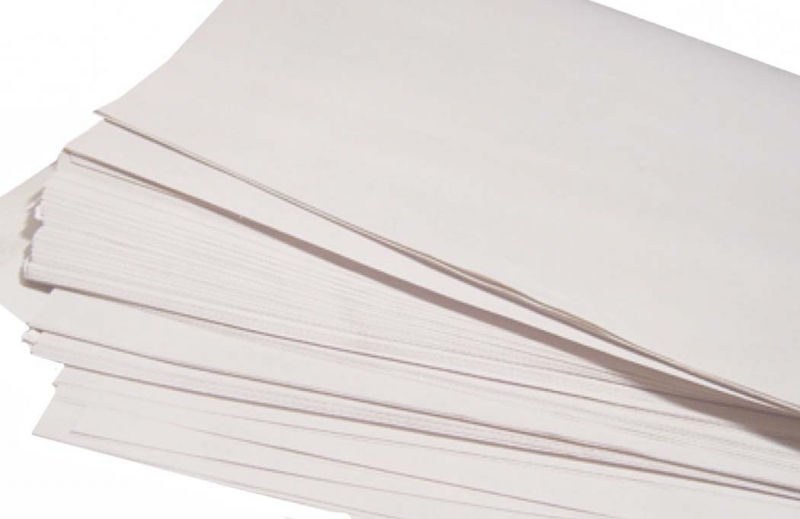What size is regular printer paper? Printer paper is a ubiquitous office supply that serves as the foundation for printed documents, reports, and presentations. Understanding the various aspects of printer paper, including its size, weight, and types, is essential for ensuring optimal print quality and compatibility with different printing devices. In this comprehensive guide, we will explore the characteristics, uses, and specifications of printer paper, with a focus on the standard size and its variations.
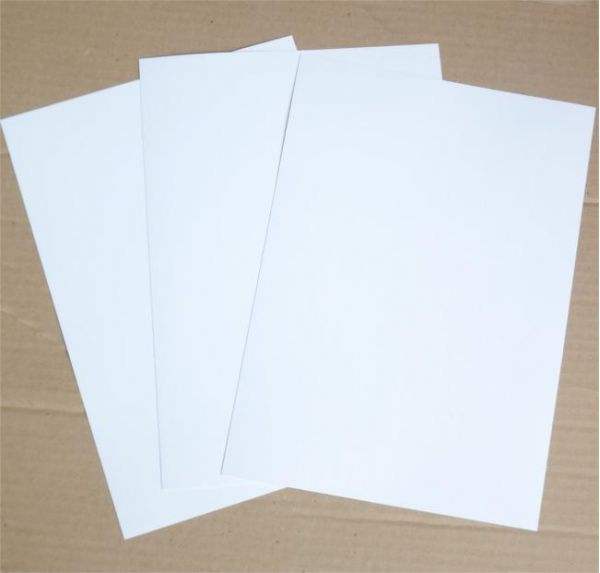
Standard Size of Printer Paper
The most commonly used size of printer paper in many countries, including the United States and Canada, is known as letter size. Letter size paper measures 8.5 inches by 11 inches (approximately 216 millimeters by 279 millimeters). This size provides a balanced aspect ratio and ample space for printing text, images, and graphics. It is widely compatible with inkjet printers, laser printers, copiers, and multifunction devices, making it suitable for a wide range of printing tasks in both home and office environments.
Variations in Printer Paper Size
While letter size paper is the standard choice for most printing applications, there are several other sizes available to accommodate specific needs and preferences:
- Legal Size: Legal size paper measures 8.5 inches by 14 inches (approximately 216 millimeters by 356 millimeters). It is commonly used for printing legal documents, contracts, and agreements that require additional length compared to letter size paper.
- A4 Size: A4 paper is the international standard size used in many countries outside North America, including Europe, Asia, and Australia. It measures 210 millimeters by 297 millimeters, which is slightly narrower and taller than letter size paper. A4 paper is widely used for printing documents, reports, and correspondence worldwide.
- Other Specialty Sizes: In addition to letter, legal, and A4 sizes, printer paper is available in various specialty sizes to suit specific applications. These include executive size (7.25 inches by 10.5 inches), ledger size (11 inches by 17 inches), and tabloid size (11 inches by 17 inches), among others. Specialty sizes are often used for niche printing needs such as booklets, posters, and oversized documents.
Considerations When Choosing Paper Size
When selecting the appropriate paper size for printing, it is essential to consider factors such as the intended use, printing device compatibility, and regional standards. For general office documents and correspondence, letter size paper is the standard choice in North America, while A4 paper is prevalent in many other parts of the world. Legal size paper may be preferred for printing legal documents or contracts that require additional length. Specialty sizes should be chosen based on specific printing requirements, such as poster printing or booklet creation.

The function of printer paper
Printer paper, often overlooked in its simplicity, plays a fundamental role in countless aspects of modern life. From office environments to educational institutions and beyond, printer paper serves as the canvas upon which ideas, information, and creativity are brought to life through printing and copying.
1. Communication and Documentation
At its core, printer paper facilitates communication by enabling the creation of tangible documents that convey information, ideas, and messages. Whether it’s a formal business letter, a detailed report, or a handwritten note, printer paper serves as the medium through which thoughts are translated into physical form. In business environments, documents printed on high-quality paper project professionalism and attention to detail, enhancing the credibility of the sender. Similarly, in personal correspondence, the choice of paper can add a personal touch and convey thoughtfulness.

2. Education and Learning
Printer paper is an essential tool in educational settings, where it supports the dissemination of knowledge, the exchange of ideas, and the documentation of academic achievements. Teachers use printer paper to produce lesson plans, handouts, worksheets, and exams, facilitating the learning process for students. Additionally, students rely on printer paper for printing research papers, assignments, and presentations, enabling them to organize and showcase their academic work effectively. The accessibility of printer paper ensures that educational resources remain readily available to students of all ages and backgrounds.
3. Business Operations and Administration
In the business world, printer paper is a staple resource that underpins a wide range of administrative tasks and operational processes. From printing invoices and purchase orders to generating marketing materials and reports, printer paper supports day-to-day operations in offices of all sizes and industries. Moreover, printer paper is essential for producing documentation required for regulatory compliance, record-keeping, and auditing purposes. Its role in facilitating efficient communication and information management contributes to the smooth functioning of businesses and organizations.
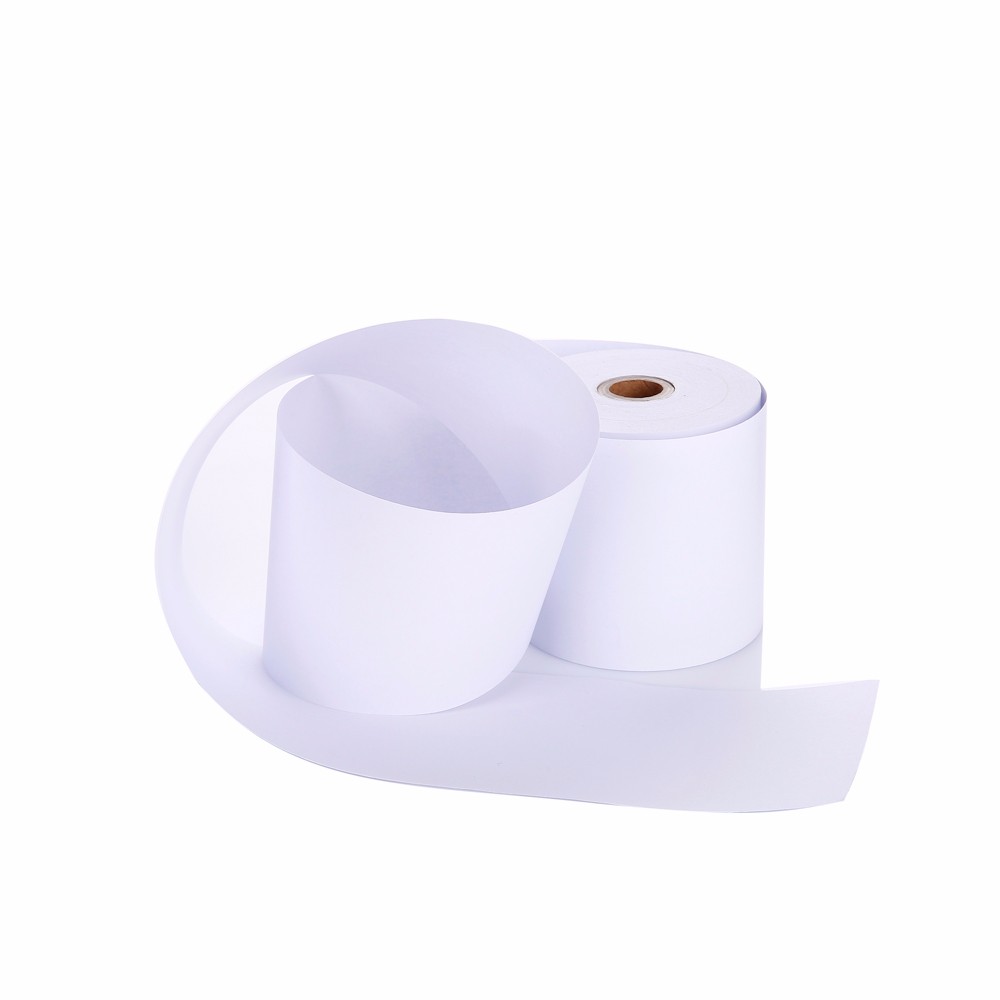
4. Creative Expression and Artistic Endeavors
Beyond its practical applications, printer paper serves as a blank canvas for creative expression and artistic endeavors. Artists and designers use printer paper as a versatile medium for sketching, drawing, and prototyping ideas before committing them to more specialized materials. Similarly, hobbyists and DIY enthusiasts utilize printer paper for crafting projects, origami, and scrapbooking, unleashing their creativity in diverse ways. The accessibility and affordability of printer paper make it an accessible tool for individuals to explore and express their artistic talents.
5. Environmental Considerations and Sustainability
In an era increasingly focused on environmental sustainability. The choice of printer paper can have significant implications for resource conservation and ecological impact. Recycled printer paper, made from post-consumer waste or reclaimed fibers. Reduces the demand for virgin materials and minimizes the carbon footprint associated with paper production. Additionally, selecting printer paper certified by recognized sustainability standards. Such as the Forest Stewardship Council (FSC), ensures that the paper is sourced from responsibly managed forests. By opting for eco-friendly printer paper, individuals and organizations can contribute to conservation efforts. And promote a more sustainable approach to printing.
Printer paper may seem like a mundane commodity. But its significance cannot be overstated in our interconnected world. From facilitating communication and documentation to supporting education. Business operations, and creative expression, printer paper is an indispensable tool. That permeates various aspects of daily life.
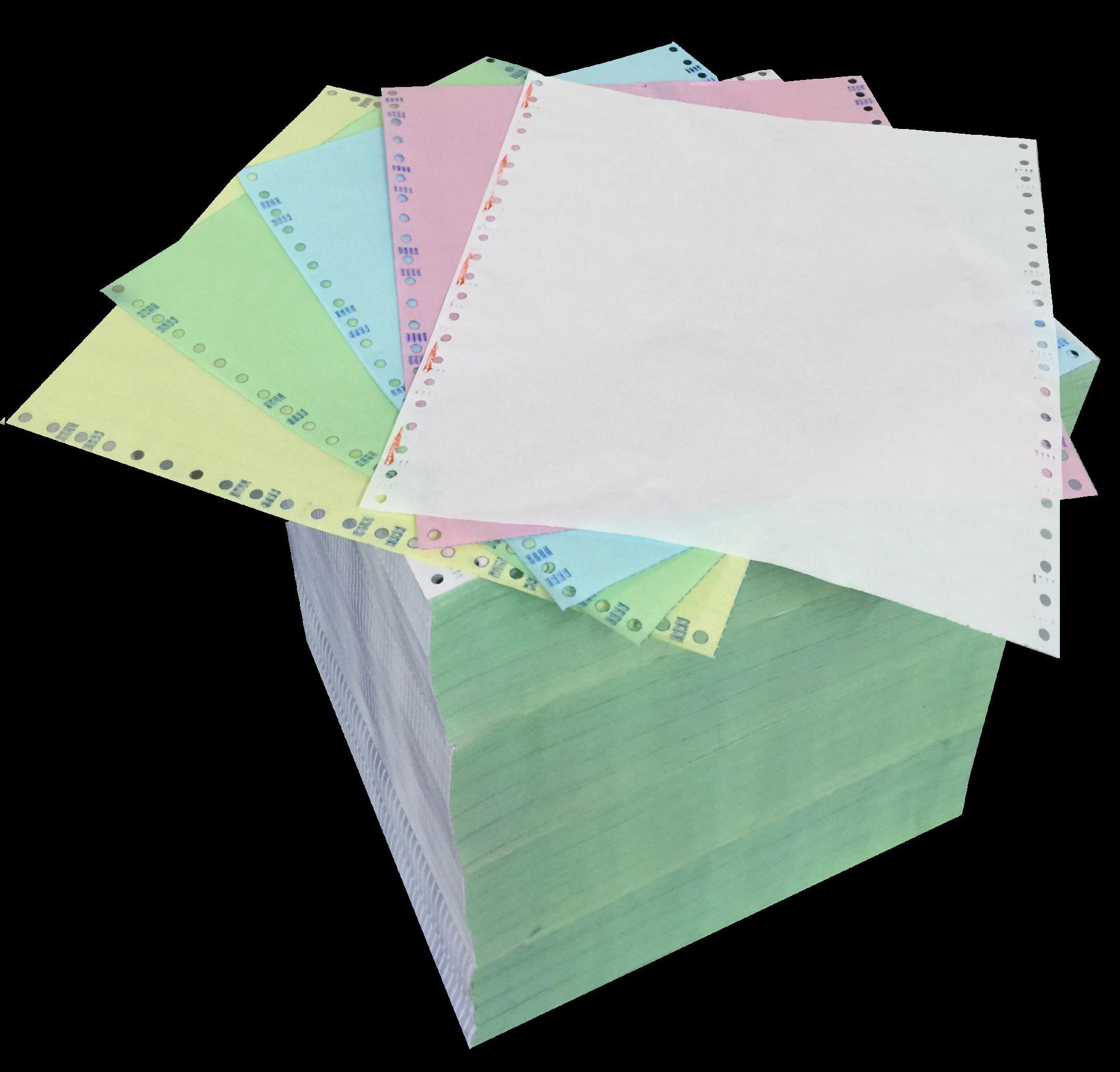
Conclusion
Printer paper is available in a variety of sizes to accommodate different printing needs and preferences. The standard size, letter size paper. Is widely used for everyday printing tasks in home, office, and educational settings. Legal size paper and A4 paper are alternative options commonly used for specific applications. And in different regions around the world. By understanding the characteristics and variations in printer paper size. Users can make informed decisions when selecting the most suitable paper for their printing needs.






